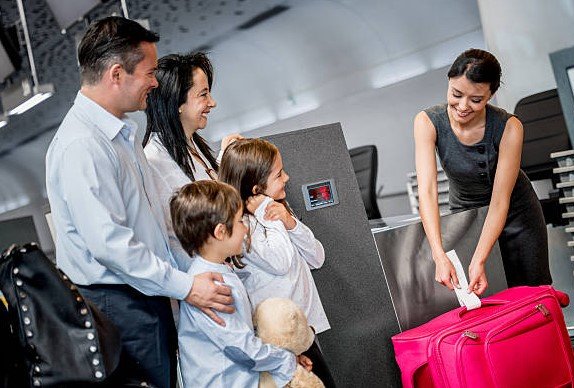A growing number of professionals are blending work and family life by inviting loved ones to join their business travels, according to a recent survey. This trend, highlighted in data from TravelPerk, shows that more than half of business travelers have done this, with executives leading the way as companies navigate the post-pandemic work landscape in 2025.
Rising Trend in Bleisure Travel
Business travel is evolving rapidly in 2025, with many workers turning trips into family affairs. A survey of 4,000 adults from the United States, United Kingdom, Germany, and Spain reveals that 55 percent of business travelers have brought family or friends along on work journeys. This practice, often called bleisure travel, allows professionals to extend stays and mix obligations with leisure.
For executives, the numbers are even higher. TravelPerk data indicates that 73 percent of C-suite leaders have included partners, children, friends, or even pets on their trips. This shift comes as global business travel spending is projected to reach historic highs of 1.57 trillion dollars this year, up from previous records, driven by economic recovery and flexible work policies.
The appeal is clear for many. Professionals like Natasha Colkmire, who returned to work after having her first child, found ways to balance parenting and job demands. She arranged for family members to join her, turning necessary trips into shared experiences without disrupting her career.

Why Workers Choose to Bring Loved Ones
Several factors fuel this trend. Post-pandemic priorities have shifted toward work-life balance, with remote work blurring lines between professional and personal time. Travelers report that bringing family reduces stress and makes long trips more enjoyable.
Economic incentives play a role too. With corporate travel budgets expanding by 15 percent year-over-year in the second quarter of 2025, according to industry indexes, employees often cover extra costs for companions themselves. This keeps company expenses in check while allowing personal extensions.
However, not all do this openly. Some workers avoid disclosing it to employers, viewing it as a policy gray area. Surveys show that while 58 percent of millennial and Gen Z parents plan multigenerational trips, including those tied to work, older generations are less inclined, at 31 percent.
Company Policies and Challenges
Corporate responses vary widely. Some firms encourage the practice, seeing it as a perk that boosts employee satisfaction and retention. For instance, companies in tech and finance sectors are updating policies to support family-inclusive travel, recognizing its value in a competitive job market.
On the flip side, challenges arise. Concerns about productivity, insurance, and reimbursement can complicate matters. Experts note that unclear guidelines lead some travelers to keep arrangements private, potentially risking policy violations.
To address this, industry leaders suggest clear communication. Travel management companies recommend discussing plans upfront to align with company rules and ensure safety.
A look at key statistics from recent reports highlights the scope:
- 53 percent of executives bring partners.
- 22 percent include children.
- 21 percent invite friends.
- 7 percent even travel with pets.
Impact on the Travel Industry
This family-inclusive trend is reshaping hospitality and travel services in 2025. Hotels and airlines are adapting by offering family-friendly packages, extended stays, and amenities like kid zones or pet accommodations. The business travel market is expected to grow to 2.095 billion dollars by 2031, with a compound annual growth rate of 9.5 percent, fueled partly by these blended trips.
Destinations are benefiting too. Popular spots for business events now promote family attractions to encourage longer visits. For example, cities like Houston and Washington D.C. see increased tourism from these hybrid travelers.
| Aspect | 2024 Data | 2025 Projection |
|---|---|---|
| Global Business Travel Spending | 1.4 trillion dollars | 1.57 trillion dollars |
| Percentage of Travelers Bringing Family | 50 percent | 55 percent |
| Growth in Corporate Travel Activity | 10 percent | 15 percent |
| Market Size by 2031 | N/A | 2.095 billion dollars |
Future Outlook and Advice for Travelers
Looking ahead, experts predict this trend will continue as AI and social media influence travel planning. U.S. travelers in 2025 are increasingly using digital tools for personalized, family-oriented itineraries, with 47 percent opting for multigenerational adventures.
For those considering this approach, start by reviewing company policies and budgeting for extras. Planning ahead can turn a routine business trip into a memorable family experience.
What do you think about blending work and family travel? Share your stories in the comments below, and pass this article along to colleagues who might find it useful.








